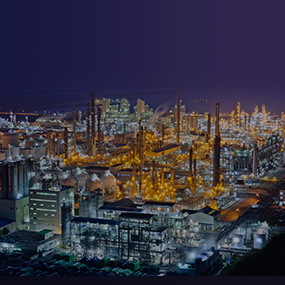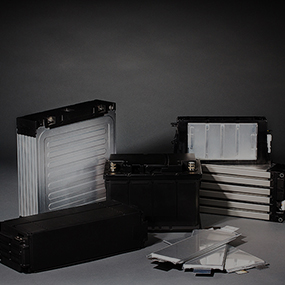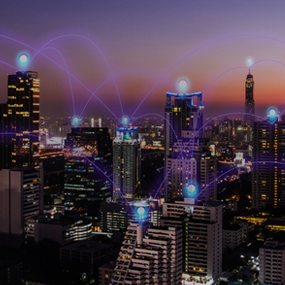LG Chem Achieves RE100 for Entire Value Chain of Battery Materials in China through Direct Purchase of Renewable Energy
2021.08.10■ Precursor plant in Quzhou, China entered renewable energy power purchase agreement (PPA) for 50GWh annually with Zhejiang Zheneng Electric, the largest power generation company in Zhejiang Province
□ Operated plant completely with renewable energy in 2021 to reduce a total of 35,000 tons of carbon emissions * 35,000 tons of carbon emissions = Amount emitted by 14,000 internal combustion engine vehicles in a year
■ Achieved 60% renewable energy usage rate in all domestic and foreign workplaces related to production of anode materials to preemptively respond to customer demands such as battery and EV manufacturers
□ Achieved RE100 in all battery material workplaces in China from anode materials in Wuxi to precursors in Quzhou
□ Cheongju anode material plant converted 30% of all power usage with renewable energy through the Green Premium System
■ Chief Executive Officer Hak Cheol Shin, “As a leading ESG company, we will actively search for plans to convert to renewable energy such as third-party PPA, Green Premium, etc. to accelerate the shift toward RE100 of all workplaces worldwide”
LG Chem is spurring its strategy to convert to renewable energy in its global workplaces by achieving RE100 in its entire value chain for battery materials in China.
Regarding this, LG Chem announced on the 10th that its precursor plant in Quzhou, Zehjiang Province, China entered a third-party power purchase agreement (PPA) to receive 50GWh of renewable energy annually from the largest power generation company in Zhejiang Province, Zhejiang Zheneng Electric Power.
Precursors is a raw material for the previous stage to anode materials, and the precursor is manufactured by combining with cobalt, nickel, manganese, etc., and by adding lithium to this combination, it becomes anode materials that are the core material of batteries.
The precursor plant achieved RE100 by switching 100% of its power usage to renewable energy, thus being able to reduce carbon emissions by 35,000 tons, which is equivalent to carbons emitted by 14,000 internal combustion engine vehicles in a year.
The third-party PPA allows supply of renewable energy at a fixed price through an agreement among the renewable energy generation business, intermediate seller, and buyer, and it is highly versatile as it can be recognized for carbon mitigation activities anywhere in the world.
Through this agreement, LG Chem will be able to receive renewable energy that is ‘good electricity for the environment’ at a price lower than general industrial-use power, and accordingly, LG Chem was recognized for its carbon mitigation quantity, thus procuring both economic feasibility and sustainability.
LG Chem is speeding up its transition to renewable energy focusing on workplaces related to battery materials in order to preemptively respond to the RE100 demands of clients such as battery and EV manufacturers.
Starting with the Wuxi anode material plant that implemented third-party PPA in China for the first time among Korean companies at the end of last year, RE100 was achieved for the entire value chain of battery materials in China with this recent PPA for the precursor plant in Quzhou. The Cheongju anode material plant also joined the Green Premium System that was implemented for the first time in Korea to convert 30% of its total electric usage to renewable energy.
LG Chem thus procured a total of 337.2GWh of renewable energy in Korea and abroad through third-party PPAs and Green Premium, etc. this year. This is equal to the amount of electricity used by about 80,000 four-person households in a year.
Chief Executive Officer Hak Cheol Shin stated, “As a leading ESG company, we will actively search for plans to convert to renewable energy in Korea and abroad such as third-party PPAs, Green Premium, etc. to accelerate the shift toward RE100 of all workplaces worldwide.”
[Note] Zhejiang Zheneng Electric Power: Largest power generation company in Zhejiang Province that supplies about 30% of the total electric power demand in Zhejiang Province (160TWh/year)














